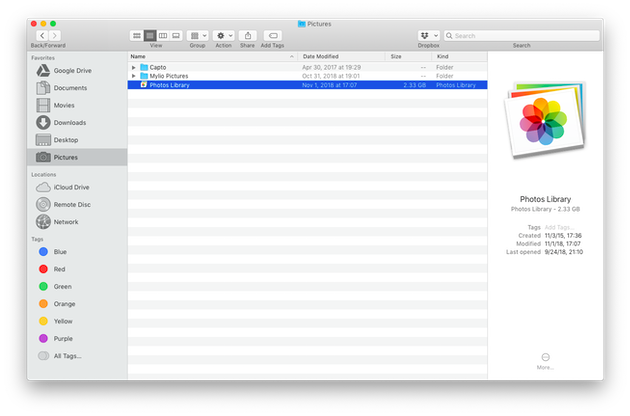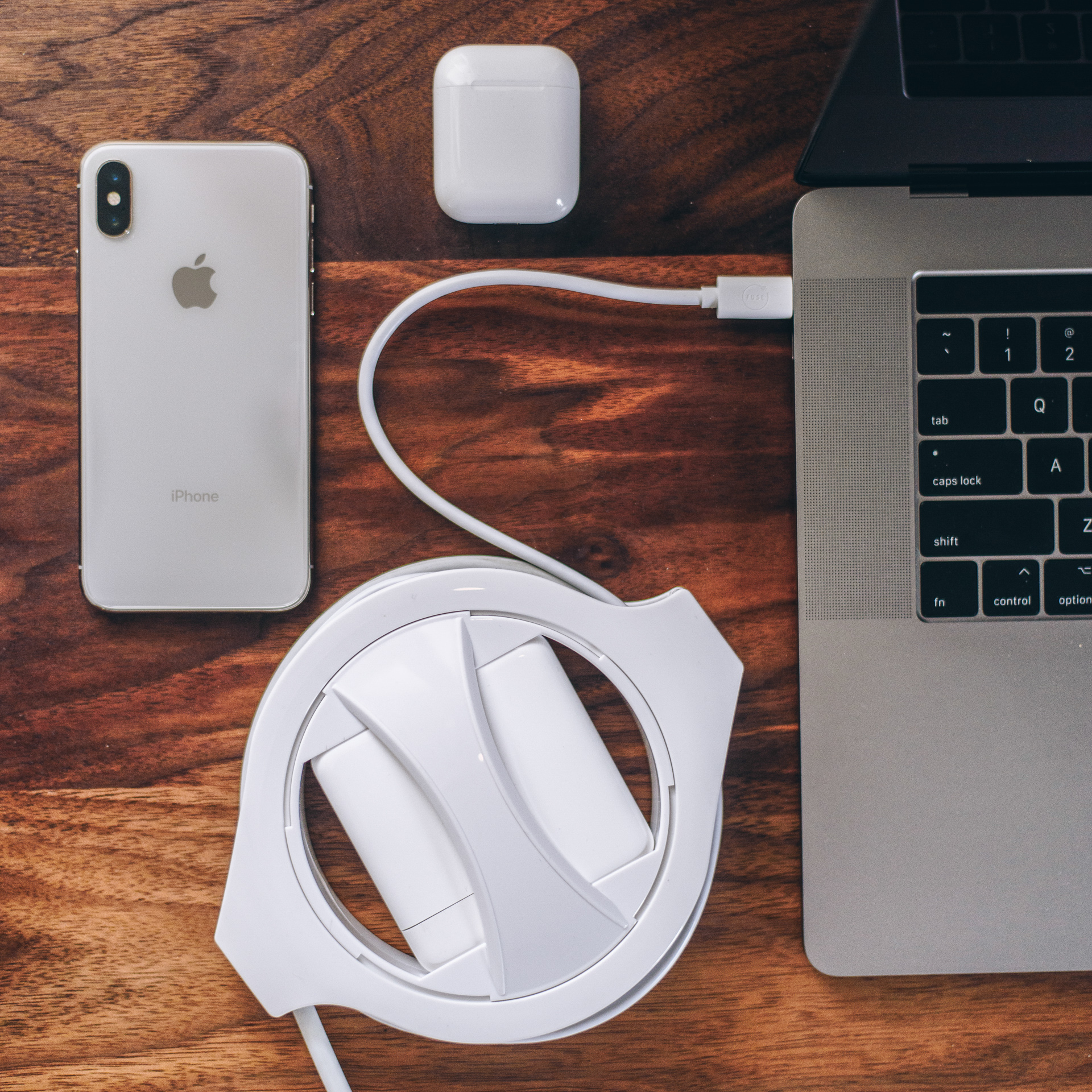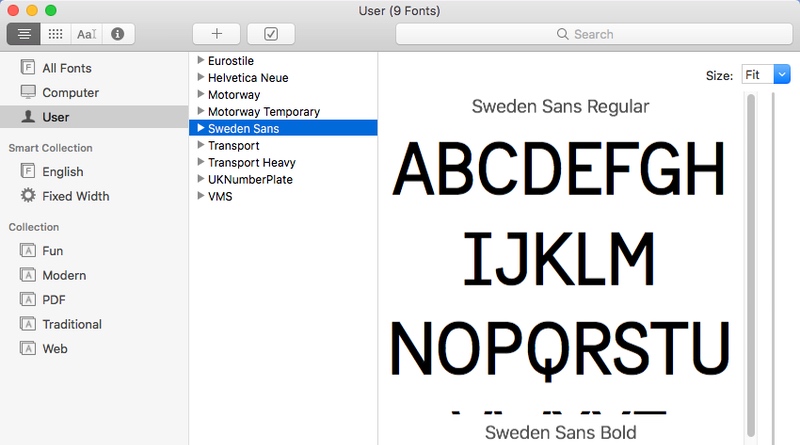

Either use File > Import or drag the exported photos into the library.Now close Photos and re-open using Option to select the library you are merging these photos into.Repeat these steps for the other libraries you want merged.

Pick where they’re going (this could be a folder on your Mac or a connected external drive, for example).That will export your photos as they are, with any edits you’ve made, in TIFF, PNG, or JPEG formats.
Best way to organize photos on mac 2018 full#
Export Photos, which gives you the option to pick a format and select Full Size. 
This will export every image in these libraries, excluding any edits or changes made to them.
Again in the menu bar, select File > Export. In the menu bar, click Edit > Select All. Launch Photos holding down the Option key and select one the libraries you want to merge. So, create one as described above, and then follow these steps: Essentially, what you’ll be doing is moving all pics to one new library. Every question won’t be answered, we don’t reply to email, and we cannot provide direct troubleshooting advice.At present, there is no native macOS tool for merging libraries in Photos. If not, we’re always looking for new problems to solve! Email yours to including screen captures as appropriate, and whether you want your full name used. We’ve compiled a list of the questions we get asked most frequently along with answers and links to columns: read our super FAQ to see if your question is covered. With enough storage, you can select all images (or that you want) from the Smart Folder or the Spotlight-scoped search results and Option-drag to copy them to a single location, which you can then import or reference into a photo-managing app. If you want to grab all the media in your Photos folder and you have an iPhoto or Photos library stored there, make sure their parent apps aren’t running, and temporarily move those libraries to another place on the same drive. From the Search bar that appear, click the folder name.īoth a Smart Folder and this Spotlight search have the benefit of flattening media in all nested folders, so you see everything at a single level. Click in the Spotlight search and enter kind:image. Open a regular Finder window ( New > New Finder Window). To use this method of limiting to a folder you want to search within, such as Documents or Desktop: We reviewed this app a year ago.Ĭopy out of a Smart Folder: This approach doesn’t gather images, but it provides a single place to see where everything is stored across all indexed drives and then copy it. It also integrates with iPhoto, Photos, Aperture (the final version), and Lightroom to mark duplicate images within those libraries, which might obviate having to consolidate your media. You can use this after consolidating all your media in one place to be sure you aren’t keeping multiple copies of everything. Photosweeper 3: While it doesn’t manage images, Photosweeper does let you scan folders and disks to find duplicates. You can create a smart folder that contains them all if you have a mix of imported and referenced ones. Those images and videos get tagged with a tiny icon. You can manage media in Photos without importing. 
Referenced items have a special mark on them that looks like an arrow pointing out of a rectangle (see figure below). To set that option in Photos, go to Preferences > General, and uncheck Copy Items to the Photos Library. That’s not precisely what Todd wants, but it’s an option some people employ so that Photos only has thumbnails, modified images, and other data inside its library. In the Photos app, by reference: Photos in macOS can work on images without importing them, letting you keep your organization without copying everything. Adobe offers it by subscription in app/cloud storage bundles that start at $10 a month. You can import media directly into it, and it will create folders for you as well. It’s my go-to app after Aperture was killed, and I find it a great editor and a reasonable organizational tool. Adobe Lightroom: Lightroom can reference media files anywhere on any attached drive, so you don’t have to consolidate them.








 0 kommentar(er)
0 kommentar(er)
